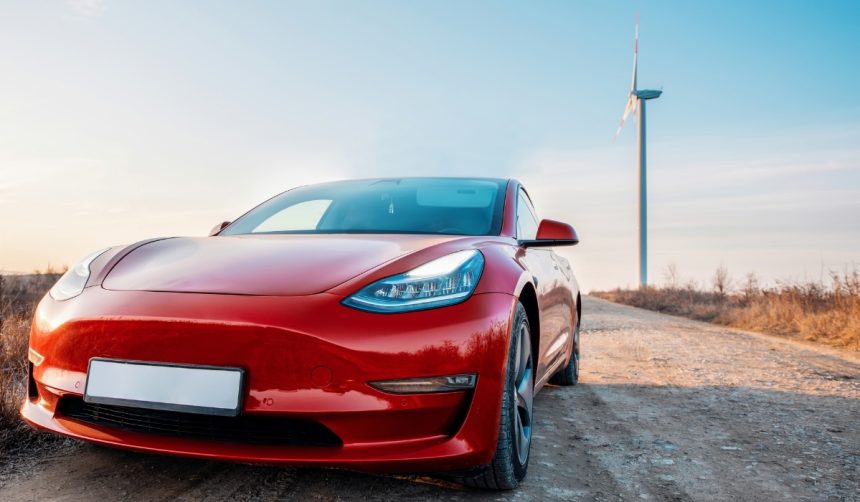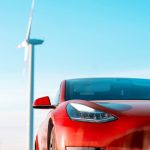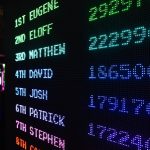Tesla’s venture into the restaurant business has rapidly drawn crowds, with its Supercharger Diner in Los Angeles seeing high demand immediately after opening. The concept, originally considered by CEO Elon Musk in 2018, combines fast charging for Tesla vehicles with a full-service dining experience. Tesla’s move into hospitality blurs the line between automotive utility and customer leisure, attracting attention from both EV owners and curious diners. Some visitors reportedly waited several hours for a chance to experience the Diner, revealing the extent of public interest that Tesla can generate beyond the auto sector.
Months before the Diner’s official launch, speculation abounded regarding how Tesla would integrate its brand experience into food service. Earlier discussions focused on themed menu items and the potential use of technology in dining, though initial coverage did not anticipate such intense customer turnout. Reports at the time noted Tesla’s unique approach but underestimated the operational challenges involved in balancing local sourcing with mass demand. Compared to those early predictions, the reality has featured unanticipated logistics hurdles and rapid menu alterations.
How Did the Supercharger Diner Adapt Its Offerings?
In response to overwhelming customer volume, the Diner has scaled back several menu items. Chef Eric Greenspan explained that the restaurant had to temporarily remove a range of offerings, including the Market Salad, Club Sandwich, vegan patty, and hashbrown bites. “The menu would be forever evolving,” Greenspan stated, letting customers know menu changes are likely to continue as demand patterns emerge.
What Impact Does Sourcing Locally Have?
Tesla has committed to sourcing the majority of ingredients from local producers, which can limit the ability to maintain a broad menu during high traffic periods. The strain on local suppliers even forced the Diner to temporarily remove soft serve ice cream until supply stabilized. Tesla clarified, “Soft serve will return this week. It’s provided by a local farm, which couldn’t handle the demand.” Seasonal variations and supplier capacity are expected to periodically affect what’s available.
Could the Menu Evolve Further During High Demand?
Due to persistent high volume, the restaurant could rotate menu items based on seasonal availability and supplier output. The Diner now serves certain dishes, like waffles, only during morning hours instead of all day, and has hinted that future adjustments may introduce more seasonal or temporary items. This approach allows the Diner to maintain consistent quality while managing the logistical restrictions of local sourcing and rapid service.
The experience at the Tesla Supercharger Diner highlights key challenges faced when blending rapid service in hospitality with brand-driven innovation. Unlike typical fast food establishments, the Diner’s reliance on local partners places constraints on scalability, especially when customer interest exceeds projections. Patrons may find rotating menus or limited choices at peak times, a result of both intentional sourcing strategies and operational necessity. For businesses considering similar ventures, attention to supplier partnerships, flexibility in menu design, and preparation for unexpected demand surges remain important lessons. Consumers engaging with branded hospitality concepts should anticipate a dynamic experience that reflects both market demand and sourcing philosophy.
- Tesla’s LA Supercharger Diner reduced menu options due to high demand.
- The Diner sources most food locally, impacting availability during surges.
- Further menu evolution and seasonal options are expected for efficiency.










